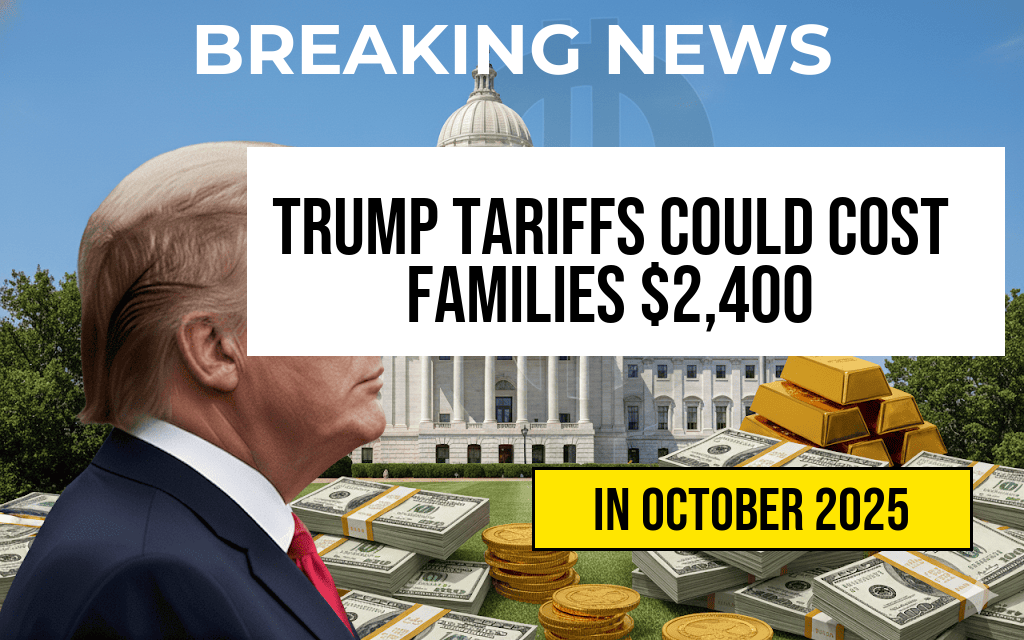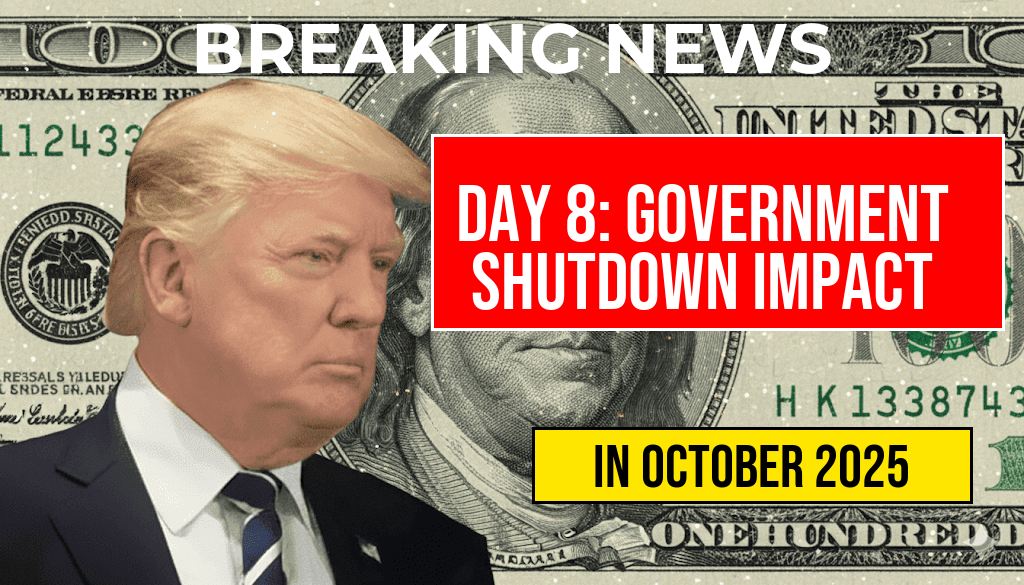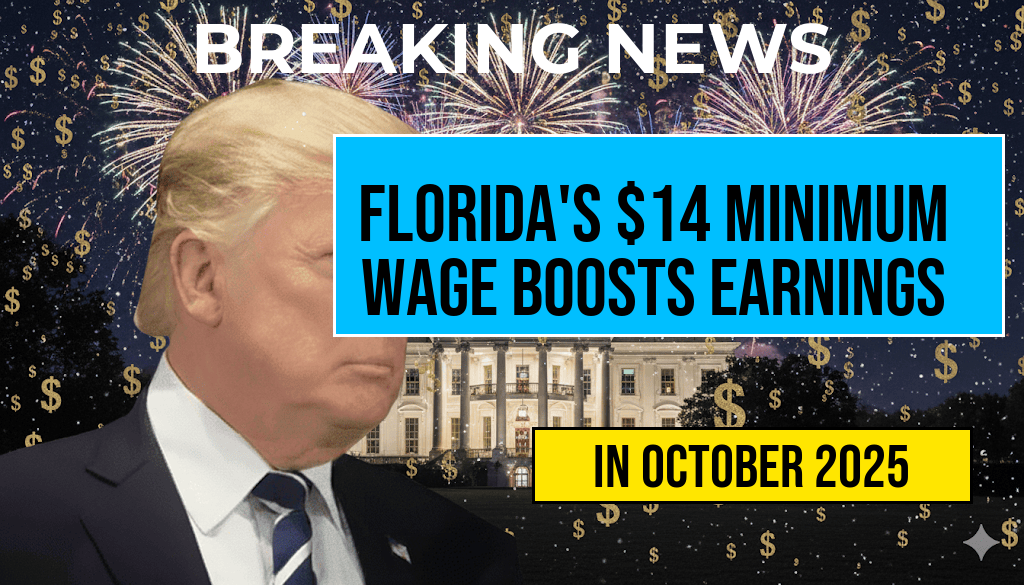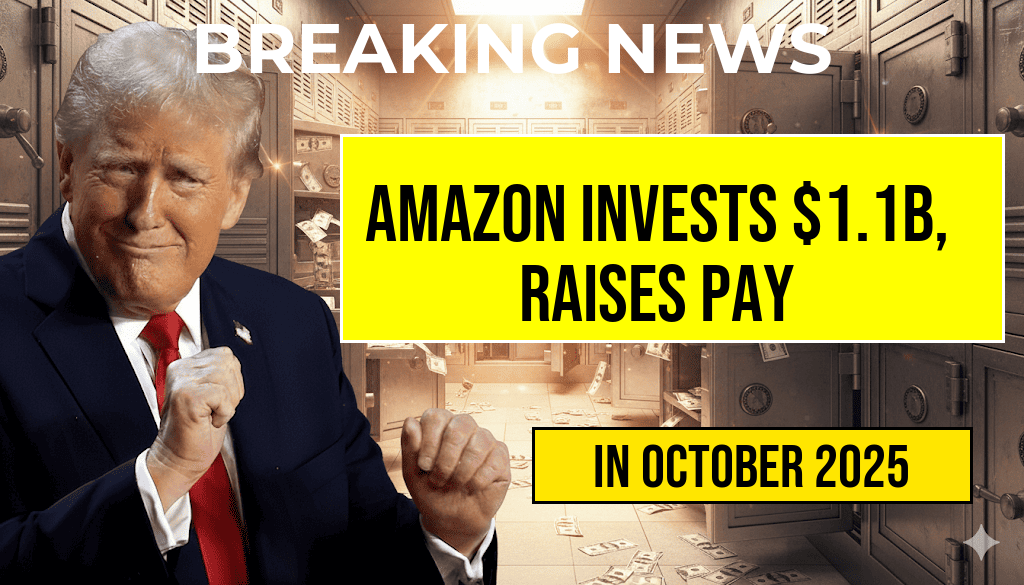Recent changes to tariffs introduced under the Trump administration have sparked renewed concerns among American families about rising living costs. Analysts estimate that the cumulative effect of these tariffs could increase annual household expenses by approximately $2,400. This hidden financial burden, often referred to as the “Turbulence Tax,” stems from a complex web of import tariffs on goods ranging from electronics to clothing. While tariffs are designed to protect domestic industries, many consumers are unwittingly footing the bill through higher prices at the checkout counter. As inflation pressures persist and wages struggle to keep pace, understanding the true impact of these tariffs becomes crucial for policymakers and families alike.
The Roots of the “Turbulence Tax”
The term “Turbulence Tax” has gained traction as a descriptor for the indirect costs consumers bear due to international trade policies. Initiated during the Trump administration’s trade stance, tariffs on imports from countries like China, Mexico, and the European Union aimed to rebalance trade deficits and bolster American manufacturing. However, these tariffs have led to increased costs across a broad spectrum of consumer goods, which supply chains often pass along to end-users.
How Tariffs Drive Up Household Expenses
Tariffs act as taxes on imported goods, raising their prices and prompting retailers to adjust their pricing strategies accordingly. To illustrate, when tariffs on electronics or apparel increase, the final retail price often reflects these additional costs. Since many products are produced overseas and imported into the U.S., the ripple effect touches nearly every household.
Key Sectors Affected by Tariffs
- Electronics: Smartphones, laptops, and home appliances see price hikes due to tariffs on components and finished goods.
- Clothing and Footwear: Many apparel items are imported from countries subject to tariffs, leading to higher retail prices.
- Furniture and Household Goods: Imported furniture and decor are also impacted, adding to household budgets.
- Food and Beverages: Certain agricultural imports face tariffs, influencing retail prices in grocery stores.
Quantifying the Impact: How $2,400 Is Calculated
| Category | Average Additional Cost | Percentage of Total Increase |
|---|---|---|
| Electronics | $700 | 29% |
| Clothing & Footwear | $600 | 25% |
| Furniture & Household Goods | $500 | 21% |
| Food & Beverages | $600 | 25% |
Sources estimate that the combined effect of tariffs across these sectors could push typical American households to pay roughly $2,400 more annually. This figure reflects increased retail prices, shipping costs, and supply chain adjustments that ripple through the economy. For families on tight budgets, these additional expenses can strain already limited resources, forcing choices between essentials like groceries, healthcare, and education.
Broader Economic Implications
Beyond individual household budgets, the tariffs contribute to broader economic turbulence. Increased costs can dampen consumer spending, which accounts for a significant portion of economic activity in the U.S. According to the Wikipedia entry on trade wars, such trade disruptions often lead to retaliatory tariffs, creating a cycle of price hikes that impacts global markets.
Impact on Domestic Industries and Employment
- Protectionist policies aim to support domestic manufacturing but can lead to higher input costs for American companies reliant on imported components.
- Small businesses, in particular, face challenges adapting to fluctuating import costs, risking layoffs or reduced competitiveness.
- Consumers may turn to alternative, domestically produced goods, but supply constraints can limit options.
Policy Debates and Consumer Concerns
While proponents argue that tariffs protect American jobs and promote fair trade, critics highlight the unintended consequences for everyday families. The “Turbulence Tax” exemplifies how trade policies designed with strategic goals can inadvertently burden consumers. As inflation persists and wage growth remains sluggish, many families find themselves paying a hidden premium for imported goods.
Efforts to mitigate these costs include discussions about revising tariff policies and implementing measures to shield consumers from sudden price spikes. Policymakers are also exploring trade agreements that balance national interests with consumer protections.
For further insights into the economic effects of tariffs, consult resources like the Forbes article on tariffs’ impact and the Wikipedia page on trade wars.
Frequently Asked Questions
What are the main components of the “Turbulence Tax” discussed in the article?
The “Turbulence Tax” refers to the increased costs on families caused by Trump tariffs on imported goods, which can raise annual expenses by approximately $2,400.
How do tariffs impact the average family’s household expenses?
Tariffs lead to higher prices on a variety of imported products, resulting in increased shopping costs for families, which can cumulatively add up to about $2,400 annually.
Which types of products are most affected by these tariffs?
Products such as electronics, clothing, and household items are significantly impacted by tariffs, as they are often imported and subject to increased costs due to the “Turbulence Tax.”
What are the long-term implications of these tariffs on family budgets?
Persistent tariffs could lead to sustained increases in living expenses, reducing disposable income and potentially affecting families’ ability to save or invest.
Are there any suggested ways for families to mitigate these increased costs?
Families can consider shopping smarter, exploring domestic alternatives, or adjusting their budget plans to accommodate the higher expenses caused by tariffs and the associated “Turbulence Tax.”






